Broken Circles
This blog post contains Amazon affiliate links. As an Amazon Associate, I earn a small commission from qualifying purchases.
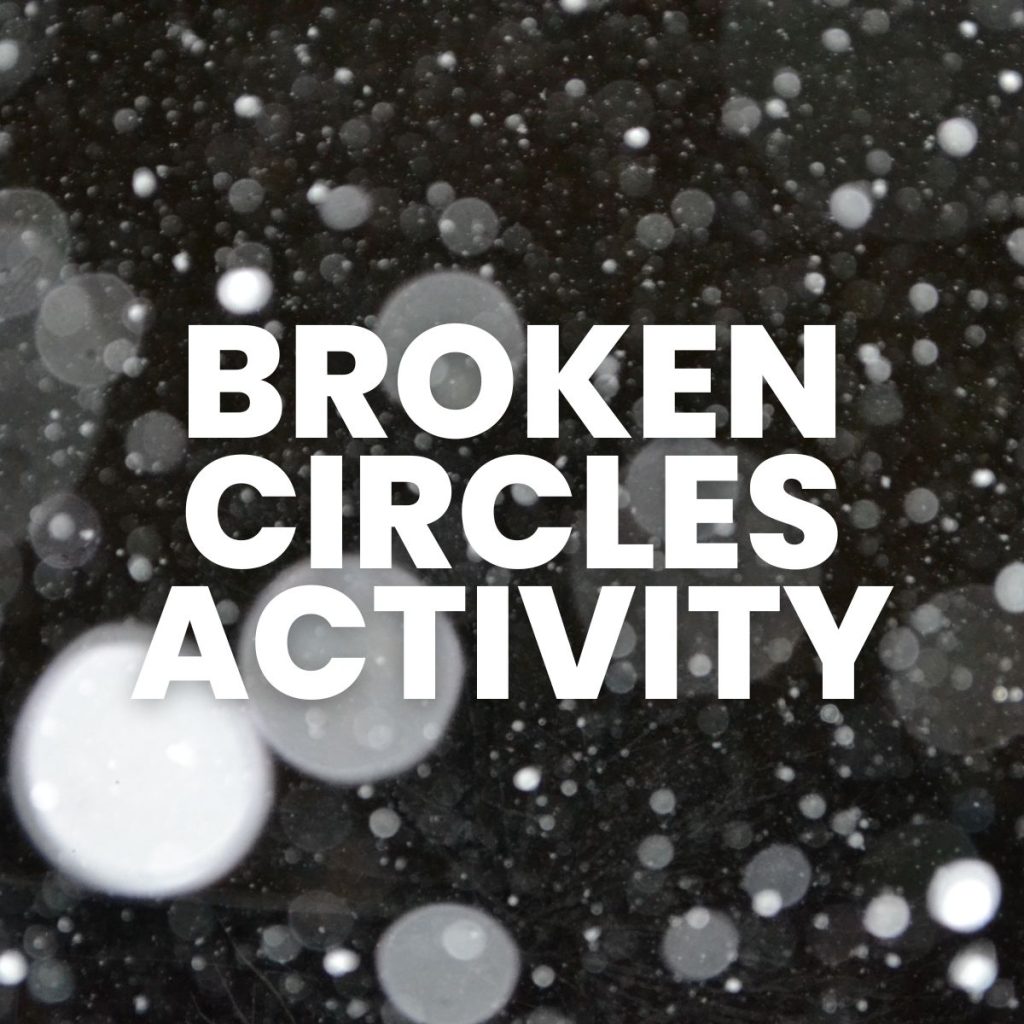
Looking for more first day of school activities and puzzles for your classroom? I have a giant blog post dedicated to 40+ activities for the first week of school.
Here’s a few examples of some of these engaging activities for the beginning of the school year.
Inspiration/Origin of Broken Circles
I was introduced to the classic Broken Circles activity when I read Elizabeth Cohen’s Designing Groupwork: Strategies for the Heterogeneous Classroom. This is one of the most practical and applicable education books I have ever read.
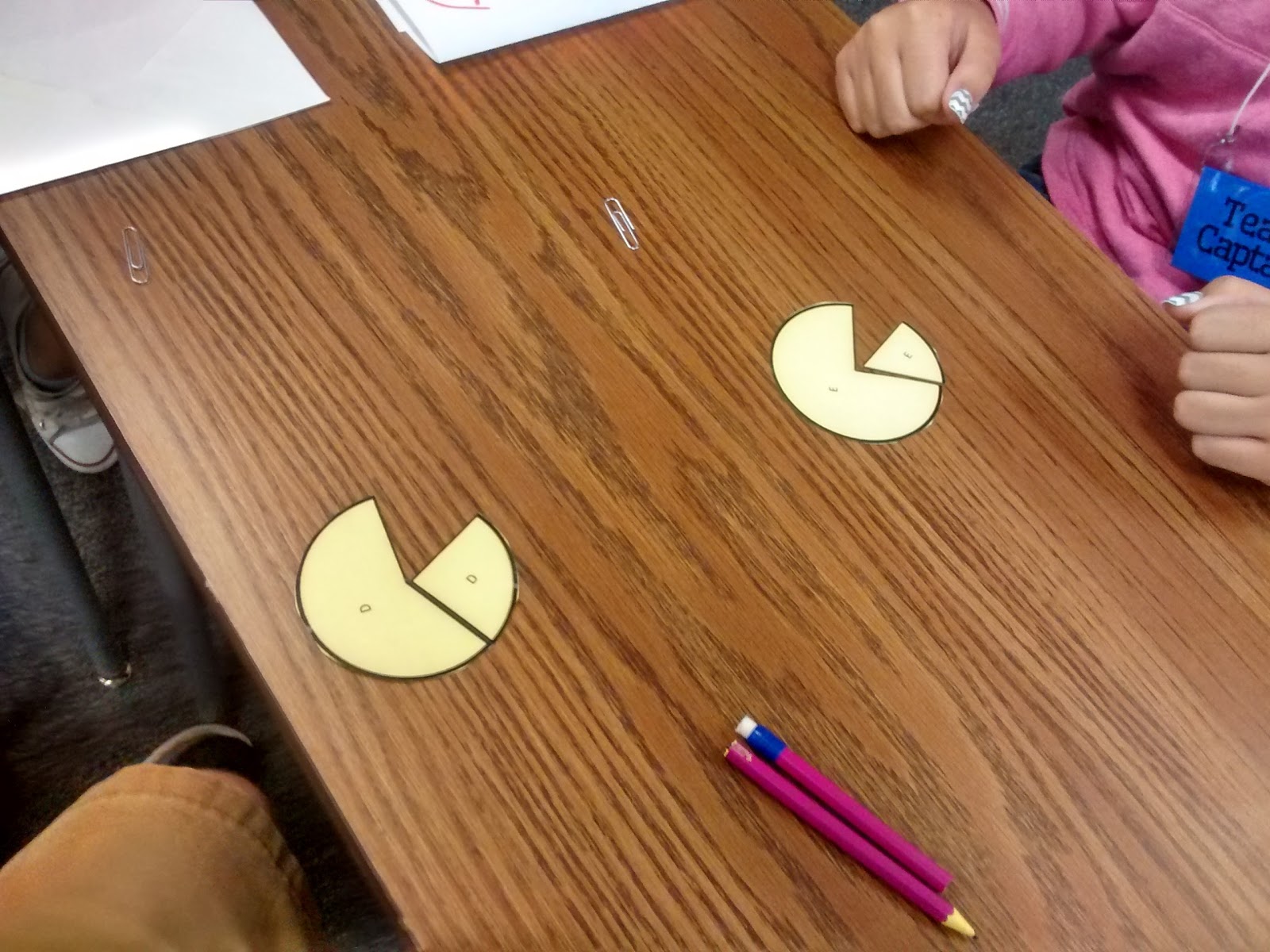
As I continue in my journey to engage my students in productive group work, this has been a book that I have referenced over and over.
It was a comment by Erin Flotte that originally led me to purchase the book. Having now read and applied the lessons from this book, I completely agree with her recommendation.

A few years ago, I made these classroom/group work norms posters to hang up in my classroom.
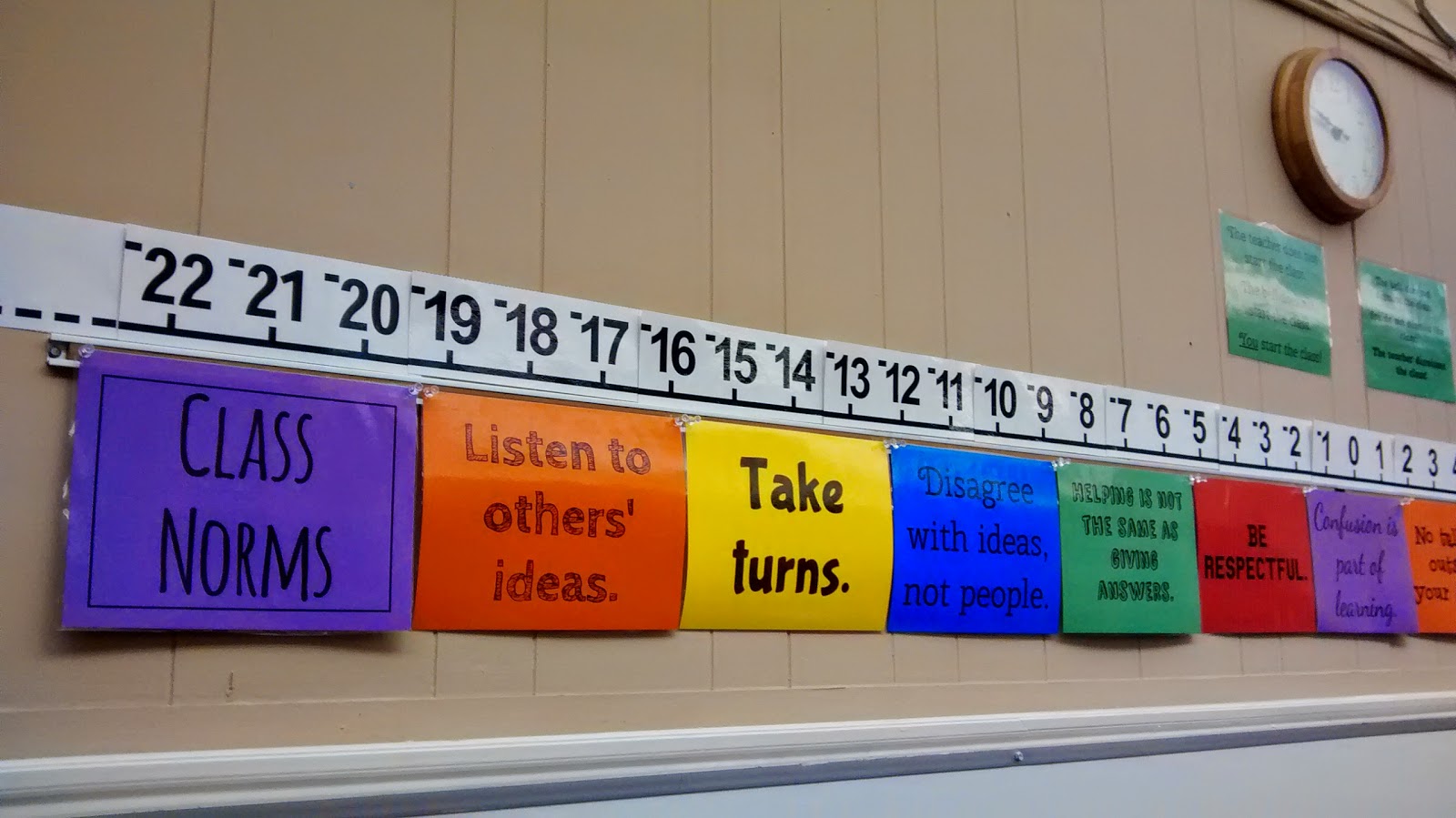
I naively thought that hanging posters up on the wall would magically convince my students that this was how they should work together. They would point to one of the posters every once in a while and make a comment, but other than that the posters didn’t really do much to change the culture of my classroom.
Cohen’s Designing Groupwork emphasizes that classroom norms must be taught, practiced, and continually reinforced if you want your classroom to be characterized by them. Helpfully, the book provides concrete activities you can do with your students to illustrate the importance of these norms.
Cohen claims that time spent reinforcing norms is time well-spent because it allows future groupwork to proceed much more efficiently.
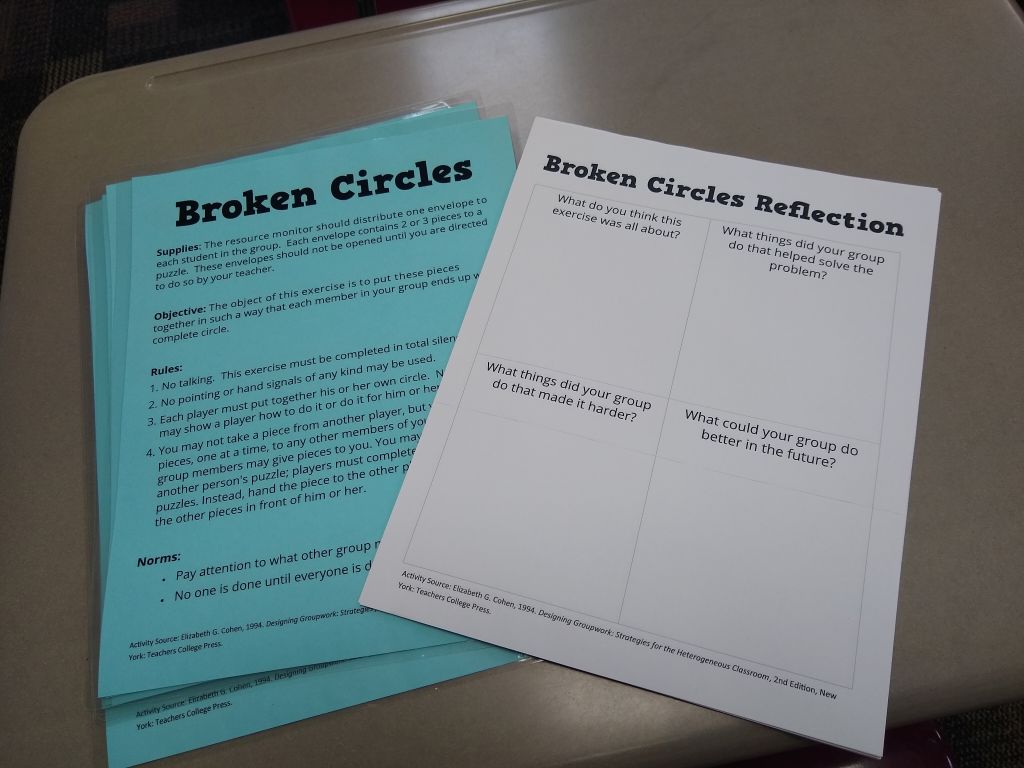
The first activity that really caught my eye in Designing Groupwork was Broken Circles. Cohen notes that Broken Circles was developed by Nancy and Ted Graves.
Additionally, this activity is based on an activity known as Broken Squares that was invented by Dr. Alex Bavelas.
Broken Circles Rules
For the Broken Circles Activity, students are placed in groups of 3-6. Each student is given an envelope that contains 2-3 puzzle pieces. The objective of the activity is for students to put their pieces together in such a way that each student has a complete circle.
There are some very specific rules that must be followed, though.
- No talking. This exercise must be completed in complete silence.
- No point or hand signals may be used at any time.
- Each player must put together his or her own circle. No one may show another player how to put together his or her circle or do it for him or her.
- Students may not take pieces from another student. However, they may give one or more of their pieces to another student. They may not put the piece in another person’s puzzle. Instead, they must hand it to the other person or lay it down on their desk.
I typed up a task card for this Broken Circles activity which I laminated and provided to each group of students.
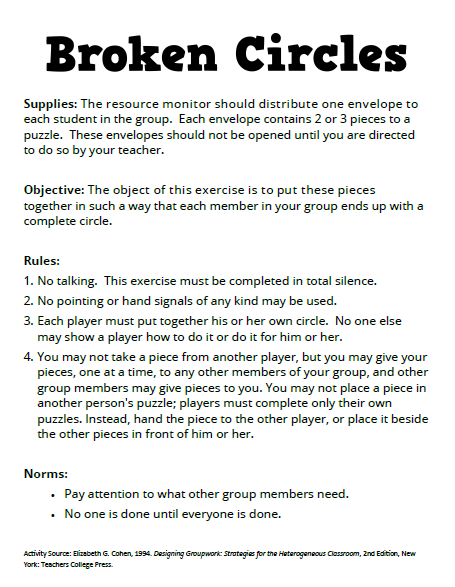
Broken Circles Pieces
So, what do the pieces look like?
The book came with an image of how to make the puzzle by cutting up pieces of card board. I instantly turned to google with the hopes that someone had made the puzzle into a pdf I could just print out.
I thought I had lucked out when I found this Word Document on Stanford’s website. I printed out the pieces to play around with them, but the angles were not accurately drawn.
Three pieces that were supposed to fit together and make a perfect circle just didn’t. [NOTE: This file does have the full text description of the activity as found in Cohen’s book in case you want to read about the activity in more authoritative detail!]
Here’s what the Stanford template looked like. If you look closely at the A wedges in the first three triangles, you’ll see the issue I ran into.
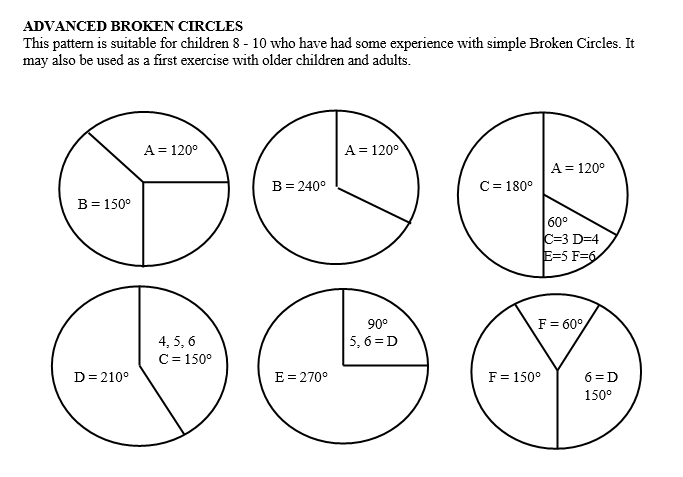
I decided to recreate the circle pieces in Geogebra for several reasons. The circles in the file from Stanford are designed for groups of 6 students.
I wanted to be able to use this activity with my groups of 4 and possibly a group of 5 or 6, if necessary. Creating my own template would make this much easier.
Additionally, I wanted to resize the circles to be much smaller. Instead of each circle taking up an entire page, I designed my circles so that each group’s circles would print on a single page.
This made laminating and cutting out all of the pieces a much less daunting task.
MATH = LOVE RECOMMENDS…

A laminator is a MUST-HAVE for me as a math teacher! I spent my first six years as a teacher at a school with a broken laminator, so I had to find a way to laminate things myself.
I’ve had several laminators over the years. I currently use a Scotch laminator at home and a Swingline laminator at school.
I highly recommend splurging a bit on the actual laminator and buying the cheapest laminating pouches you can find!
Here are the circle templates for a group of 6 students. All of the pieces with the same letter go in a single envelope.
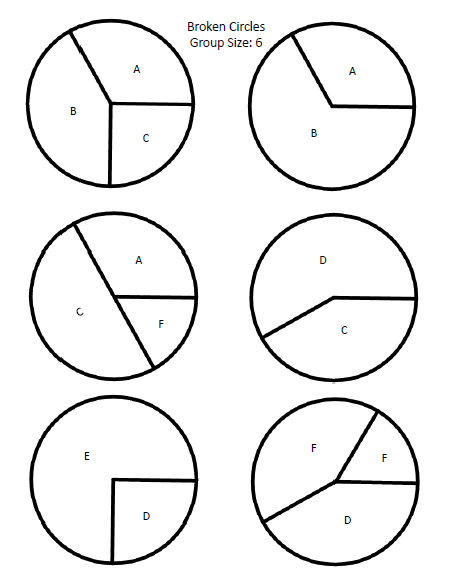
To make the activity work for a group of 5, the last circle is deleted. And, the remaining F piece is redistributed to make up for the piece that was taken from the D envelope.
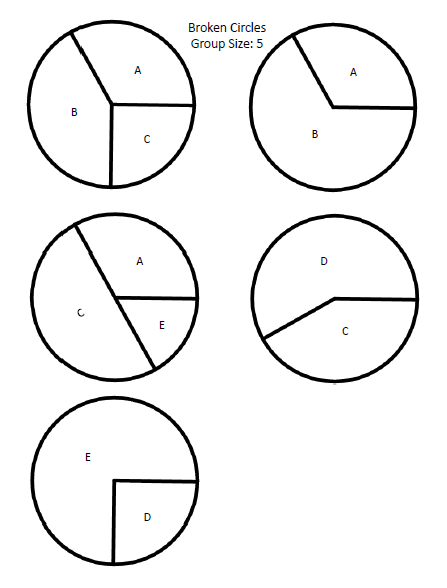
I repeated the process for group sizes of 4 and 3.
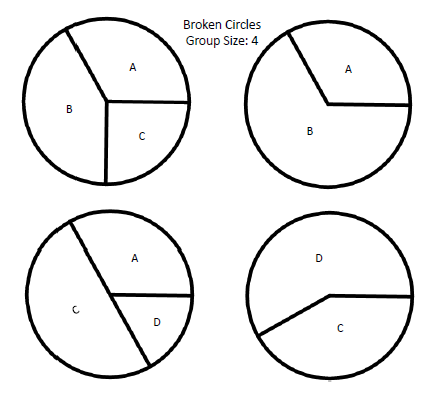
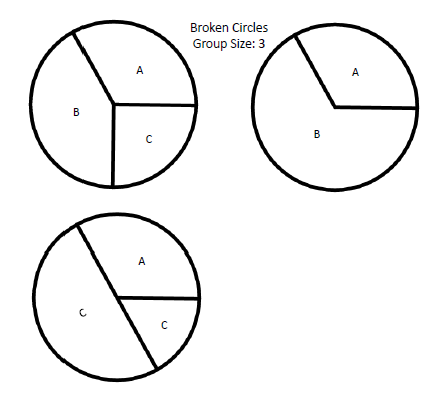
I cut up all of the laminated circles and placed them in small envelopes.
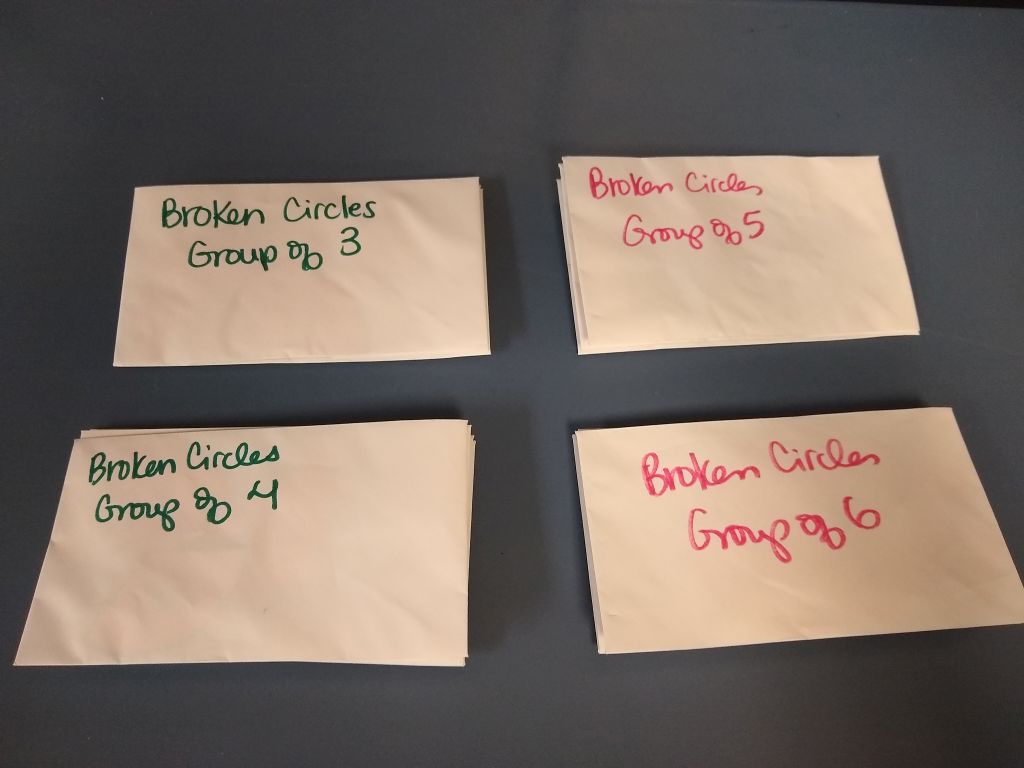
I labeled the group size on the outside of each envelope. This let me easily use this activity with students, even if I have mismatched groups.
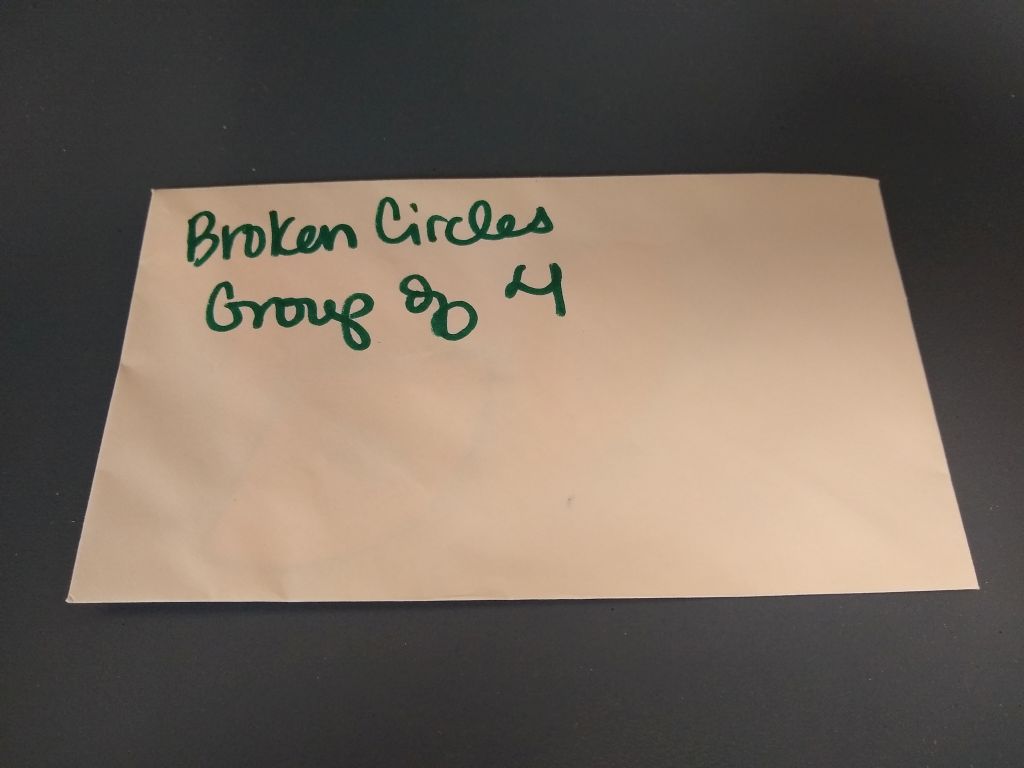
When groups open their envelopes, they find the circle pieces paperclipped together. All of the A pieces are clipped together. All of the B pieces are clipped together, and so on.

When students unclip their pieces and lay them out in front of them, they will find that one student has a complete circle and the other students have mismatched pieces. This is the magic behind the activity.
Whichever student gets the A pieces must give up some of their pieces so that everyone in the group has a complete circle. This is a hard thing for them to do!
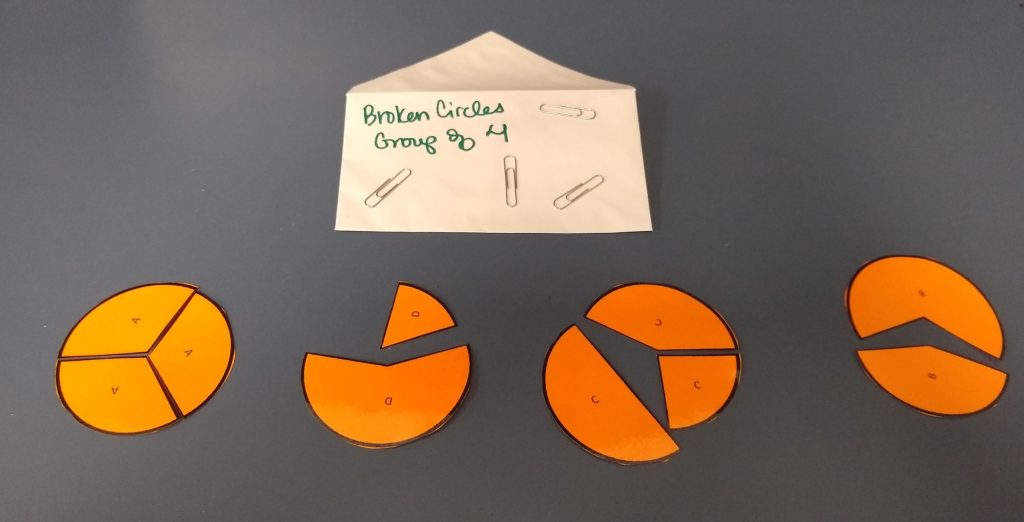
Let’s take a look at the circles for the other group sizes. Groups of 3 should be avoided whenever possible. As you can see, the activity will take substantially less time since there are substantially less pieces.
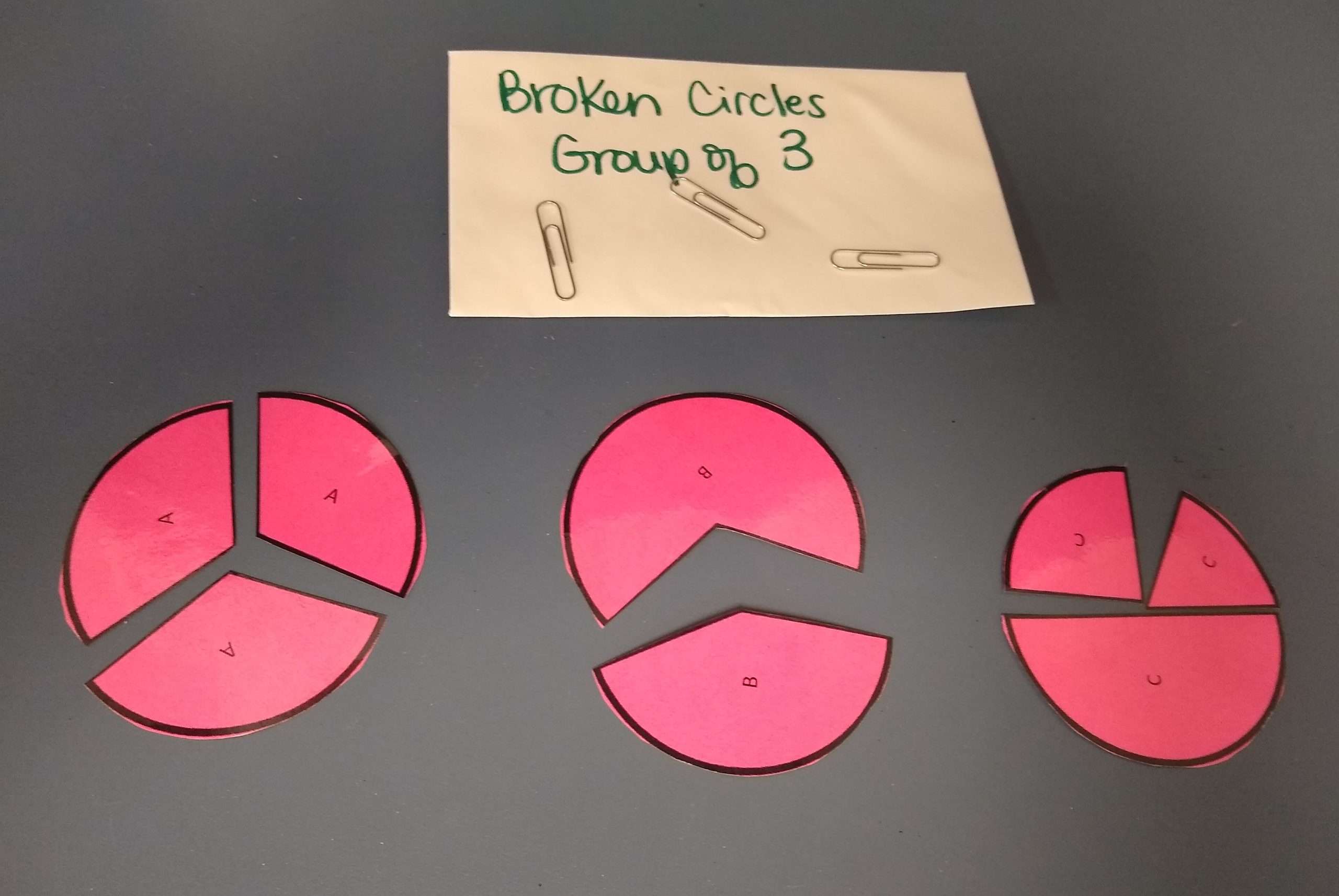
Groups of 6 will likely take the longest to solve.
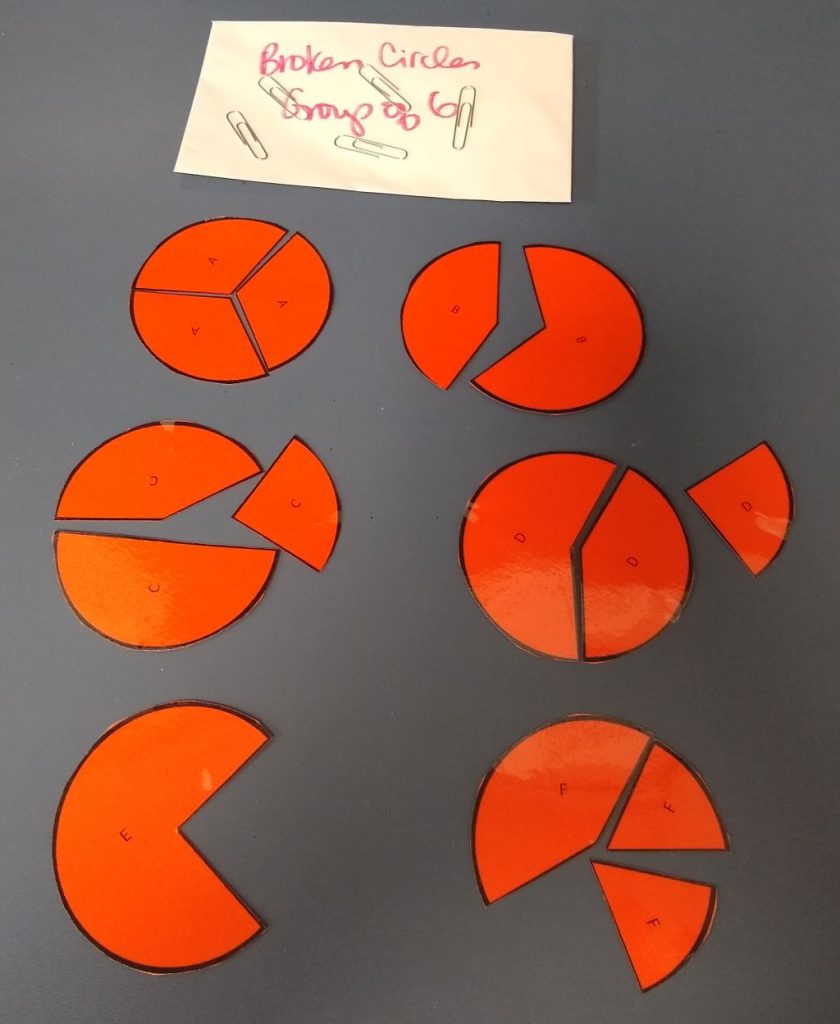
Groups of 4 and 5 are definitely what I would aim for in doing this activity.
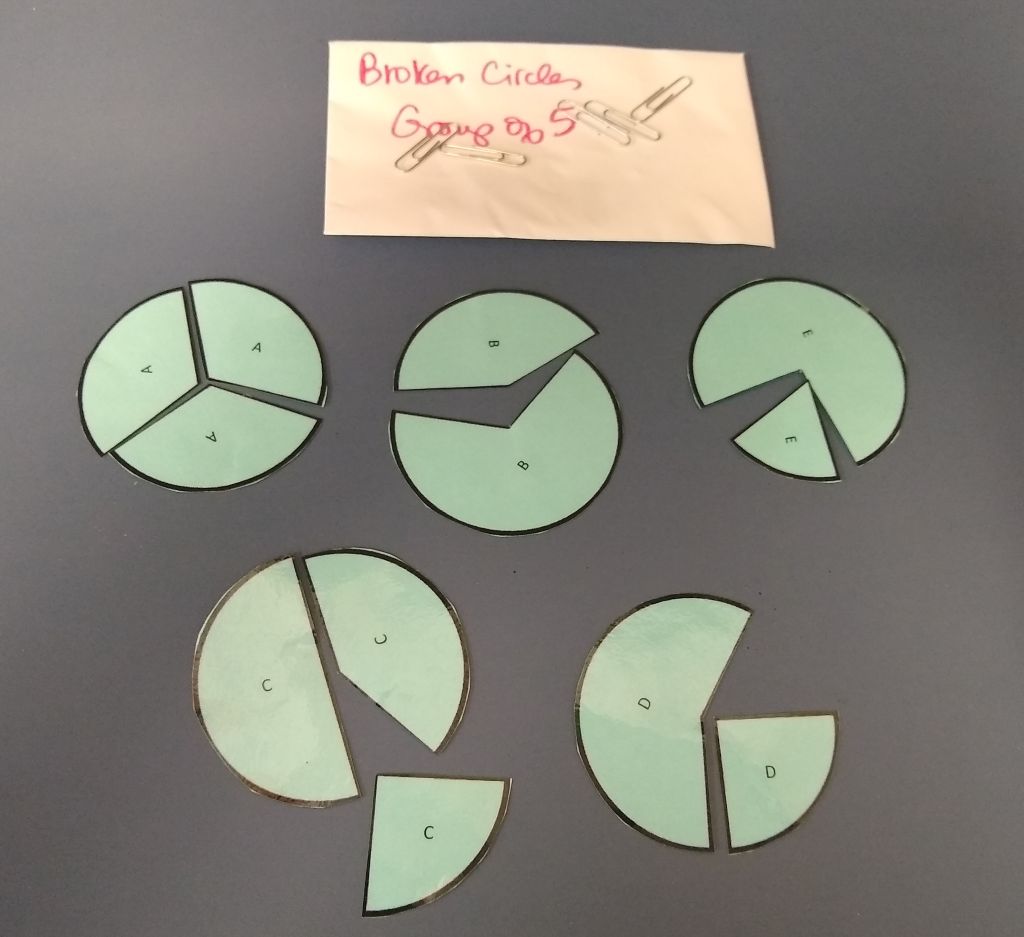
Why I LOVE this Activity
So, I still haven’t shared the part about this activity that makes me the most excited to use it in my classroom on the first day of school: It’s not as easy as it looks!
Of course, the no talking, no pointing, no touching other people’s pieces rules will make it tricky. What makes it super-tricky is that the person with the A envelope is going to set the tone of the activity without even realizing that they are doing so.
Take a moment to look at the three A pieces. Notice anything? Each of the three A pieces measures 120 degrees. What happens when you have three 120 degree pieces? Yes, Student A has an entire circle.
The task, however, is not for one student to form a complete circle. The task is that each student in the group would have a complete circle.
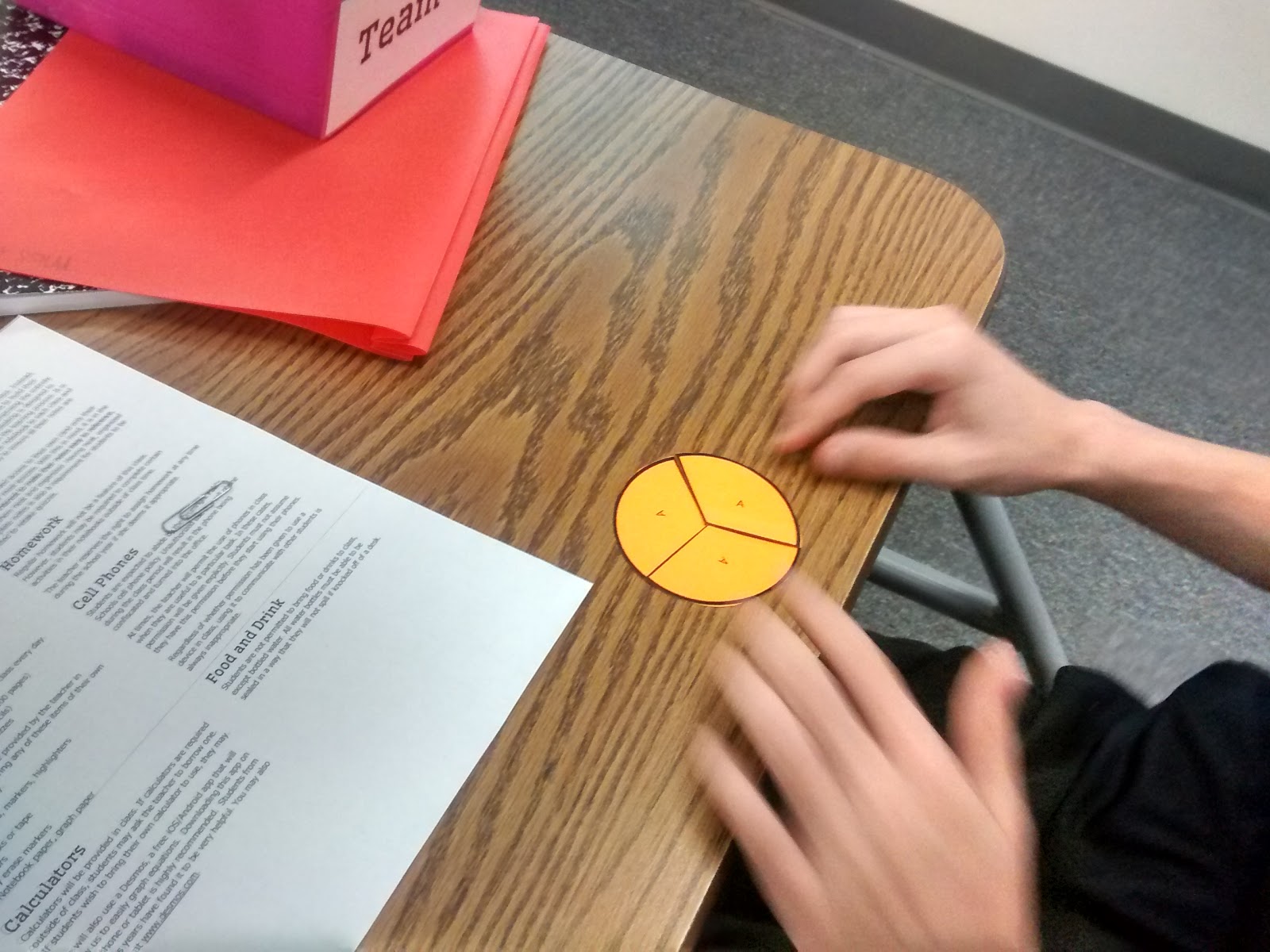
Now, take a look at the pieces for the other letters. They will most definitely not make a circle when put together. Most likely, thee person with the “A” envelope will get very excited and put their circle together. The rest of the students will struggle and struggle and struggle.
The group will not be able to make any headway until the person with the circle made of A’s decides to pay attention to what the other group members need. Even though all of A’s pieces will make a circle, this circle is not part of the final solution.

To succeed in this activity, students must pay attention to what their group members need. This is not something my students are accustomed to, and I’m hoping it will be a powerful lesson for them.
Here are the two norms that this activity is meant to reinforce:
- Pay attention to what other group member’s need.
- No one is done until everyone is done.
Broken Circles Reflection
I created a reflection sheet for students to complete after they finish the broken circles activity. Each person in the group will be responsible for filling out a different box on the sheet.
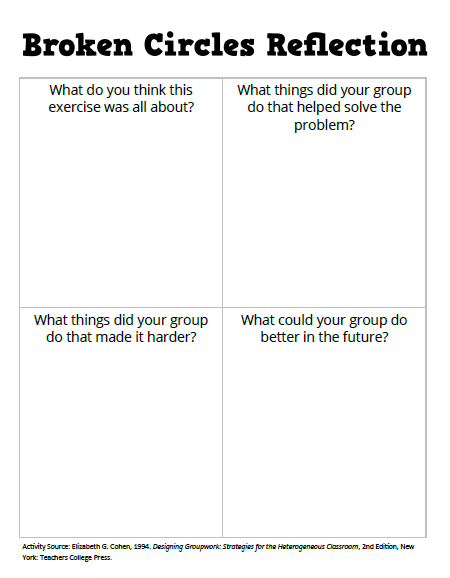
The activity wraps up with a class discussion about what we learned about being effective group members.
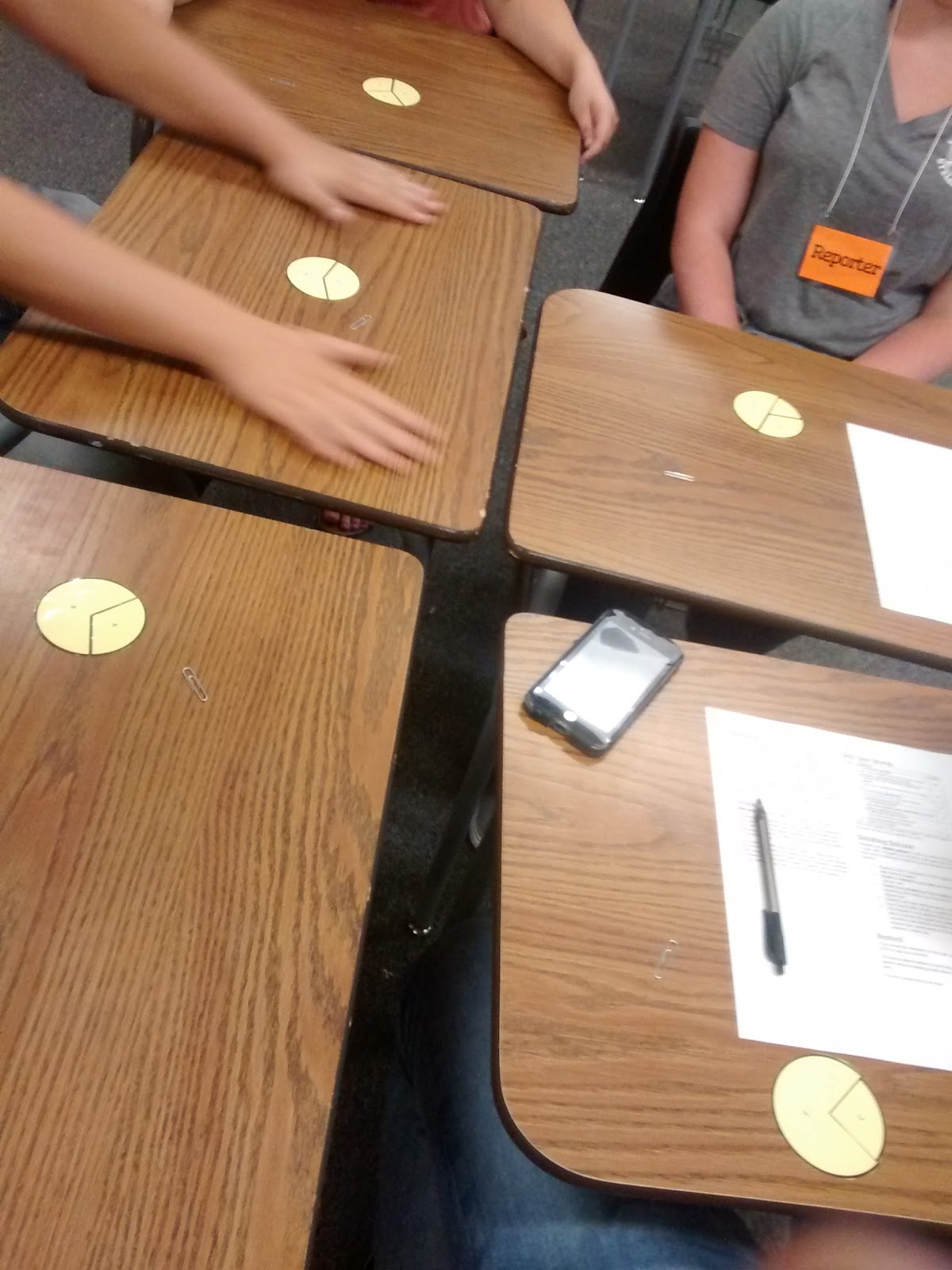
How Long Does the Activity Take?
You’ll need to download these free fonts if you plan to edit the Publisher files; HVD Comic Serif Pro and Open Sans. If you download the PDF files, the fonts will be embedded, but the files will not be able to be edited.
The length of time that this activity takes depends on several variables. In general, groups finish faster when group size is smaller. This makes sense because there are fewer exchanges of pieces necessary to solve the puzzles.
If you have students in groups of three, they can often finish the task in as little as 2 minutes.
In groups of 4, 5, and 6, students normally take between 6 and 8 minutes to complete the broken circles task.
Alternative Versions of Broken Circles
If squares are more your thing or you don’t want to spend time cutting out circles, here’s a link to a Broken Squares activity I found.
Free Download of Broken Circles Activity
Click here to Download
Broken Circles Circle Templates (PDF)
9556 downloads – 261.57 KB
Click here to Download
Broken Circles Group Reflection Sheet (PDF)
7291 downloads – 253.16 KB
Click here to Download
Broken Circles Task Card (PDF)
8047 downloads – 283.85 KB
Click here to Download
Broken Circles (Editable Publisher Files ZIP)
4148 downloads – 836.59 KB

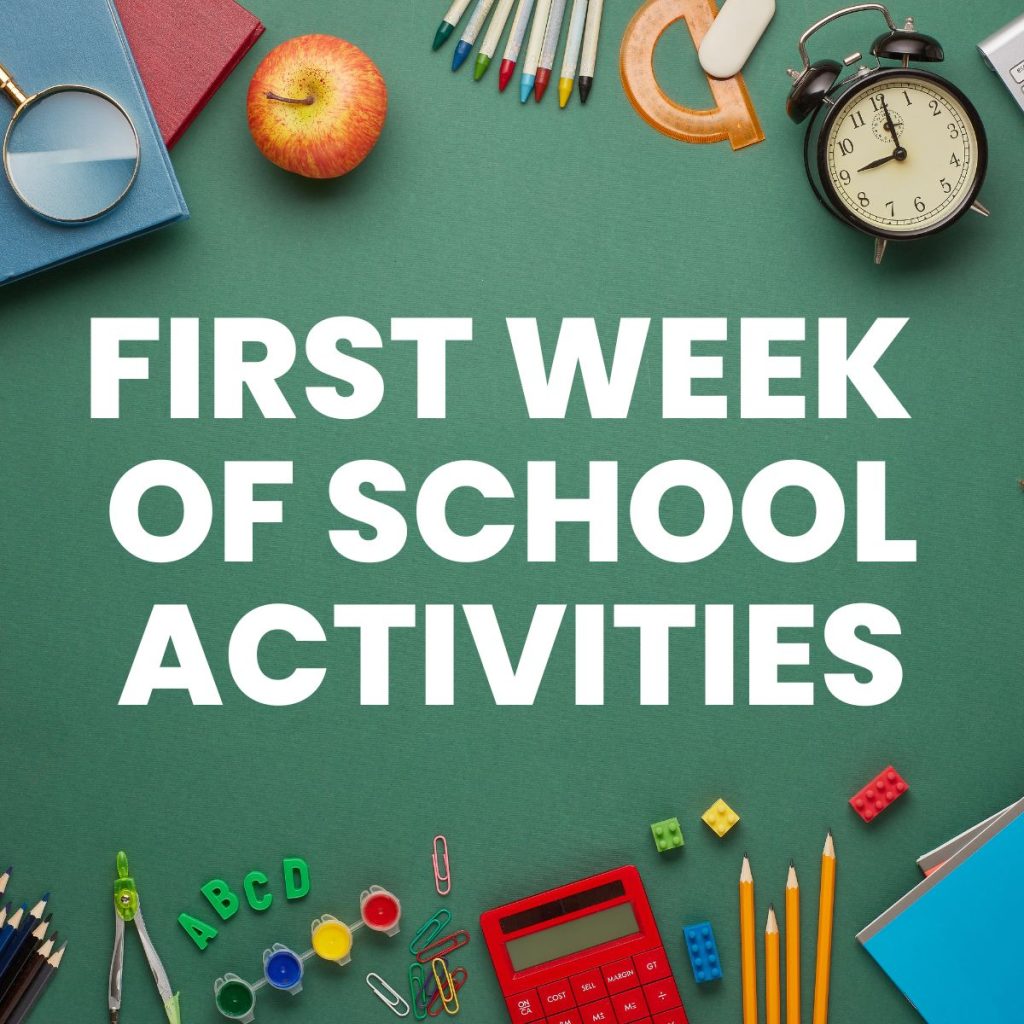
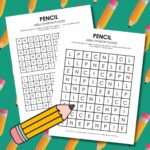
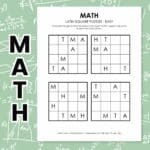
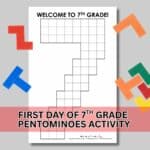



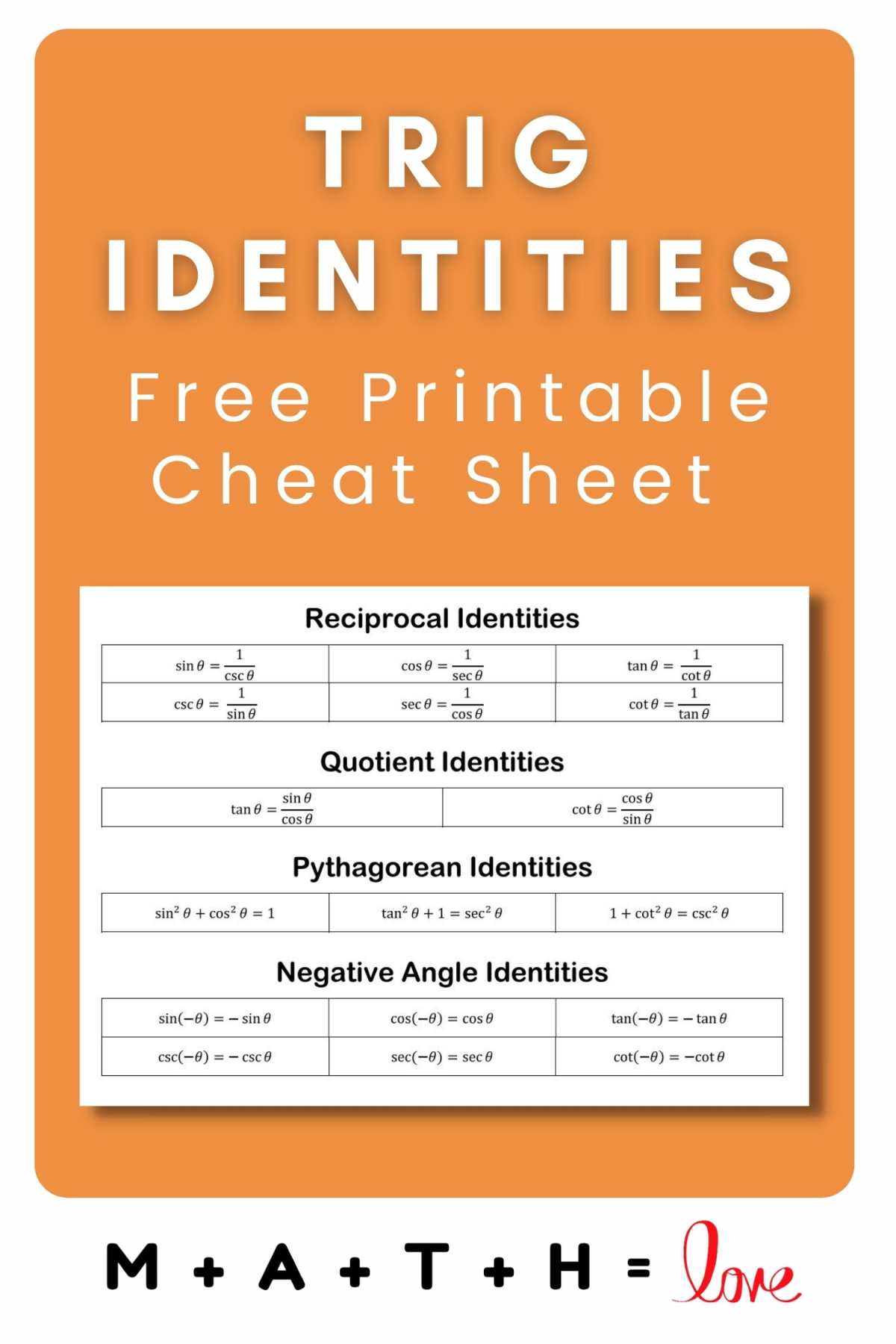



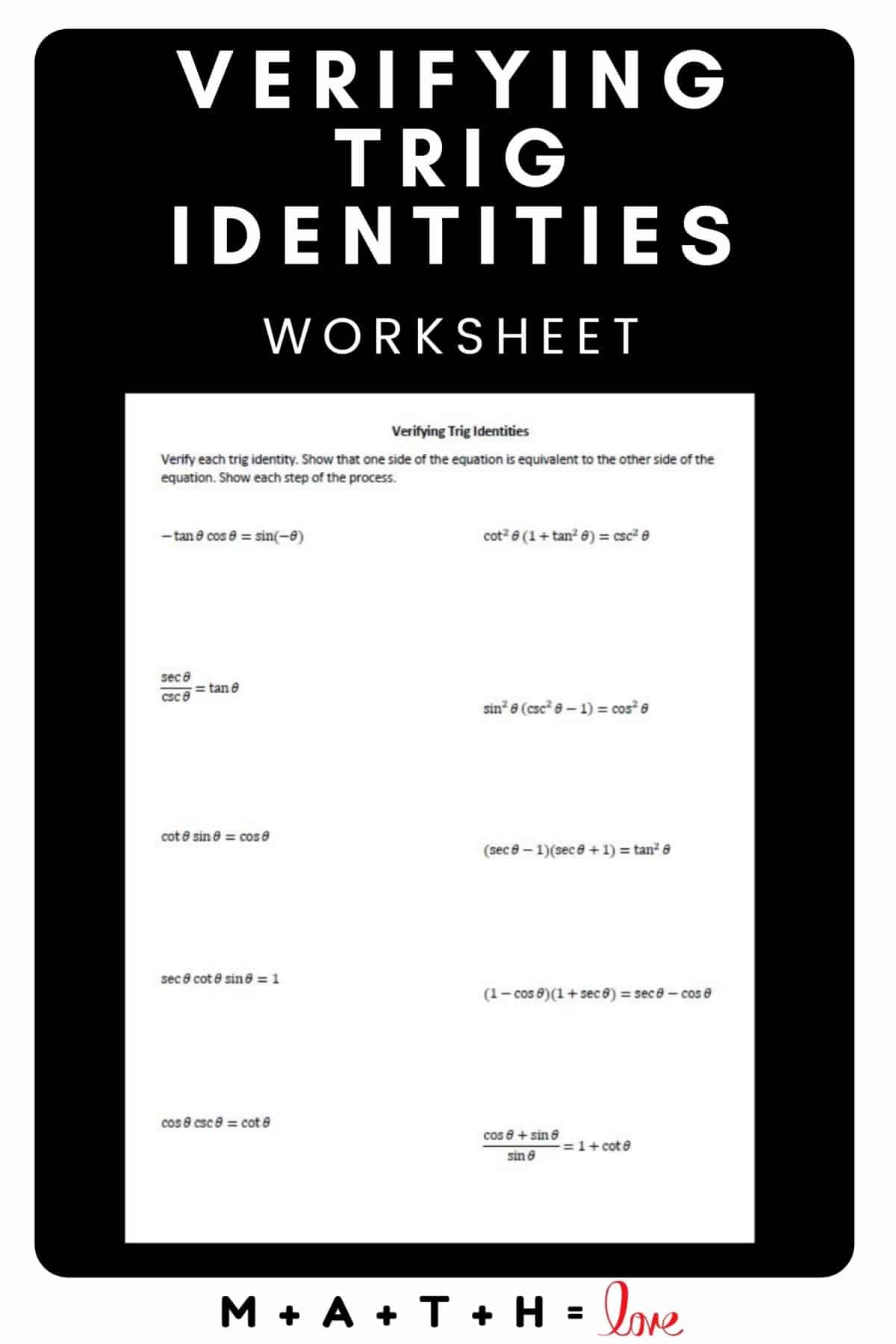
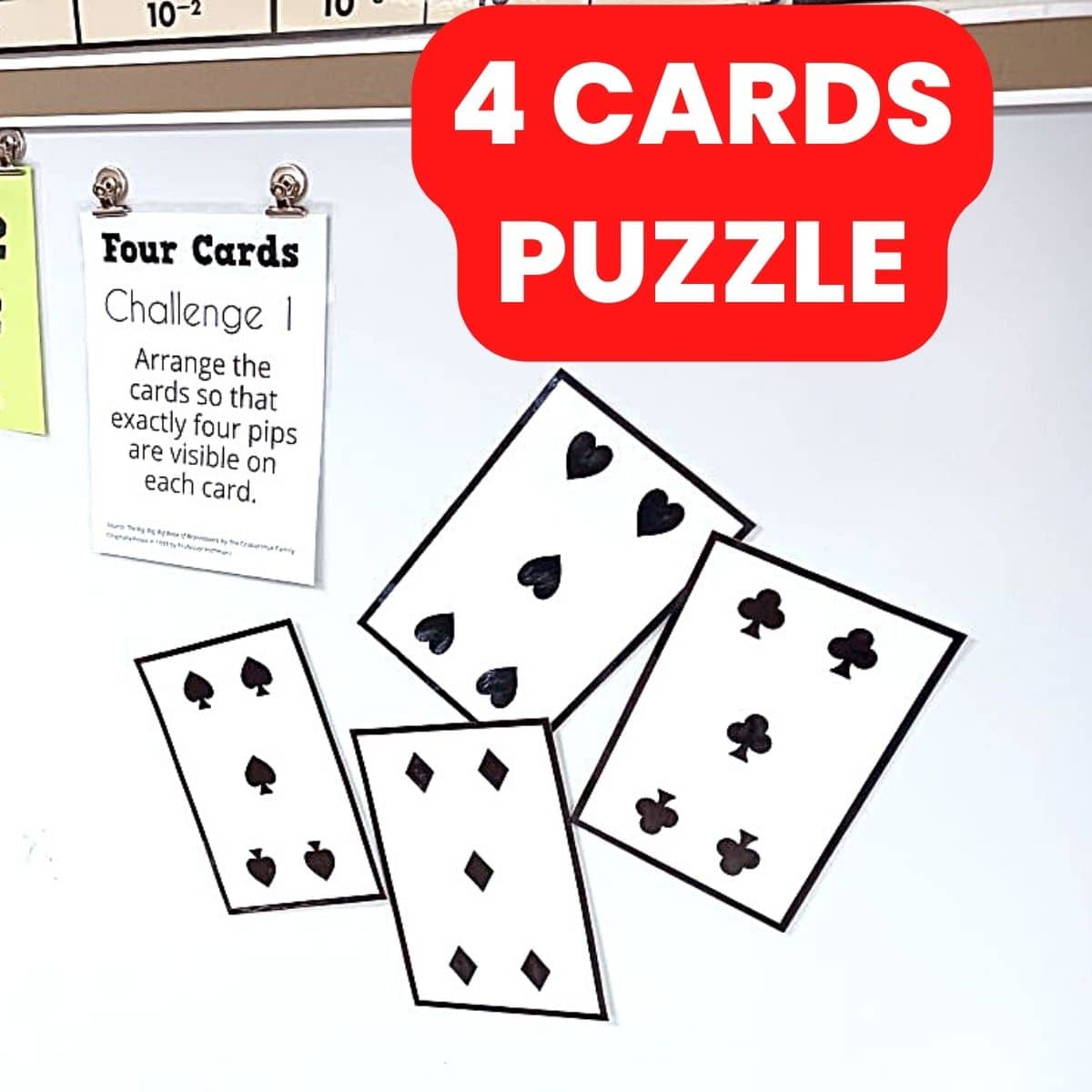
I’m SO glad you put together this activity! I just came across it while reading Cohen and Lotan’s book, and the way you set it up is just wonderful. I love the Math connection too! Superb.
I’m so glad it can be helpful to others!